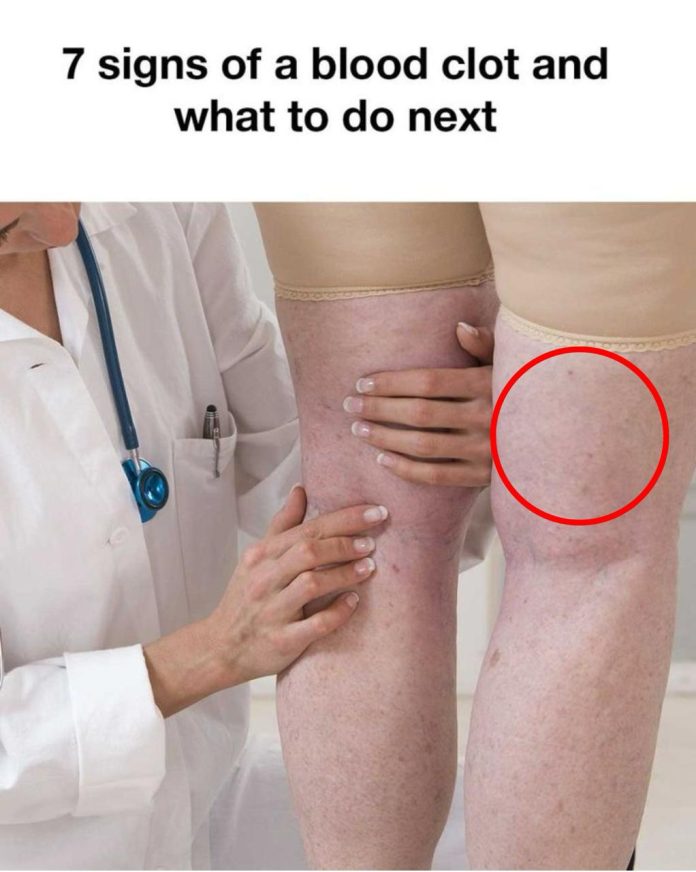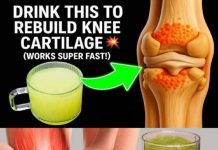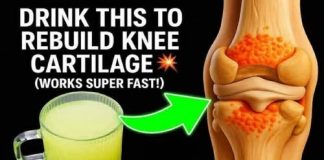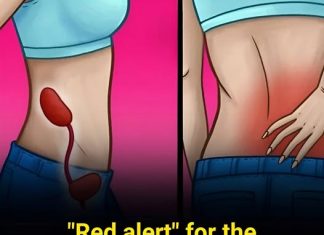A blood clot, or thrombus, is a gel-like mass of blood that forms within arteries or veins. Clotting is a normal response to injury preventing blood loss—but when clots form without injury, they can block vessels and cause serious health issues known as thrombosis
Common Locations & Their Symptoms
1. Deep Vein Thrombosis (DVT)
Occurs in deep veins, usually in legs or arms. Typical signs include:
- Swelling and tenderness in one limb
- Warmth and redness of the skin
- Pain resembling cramps or muscle strain—often in the calf
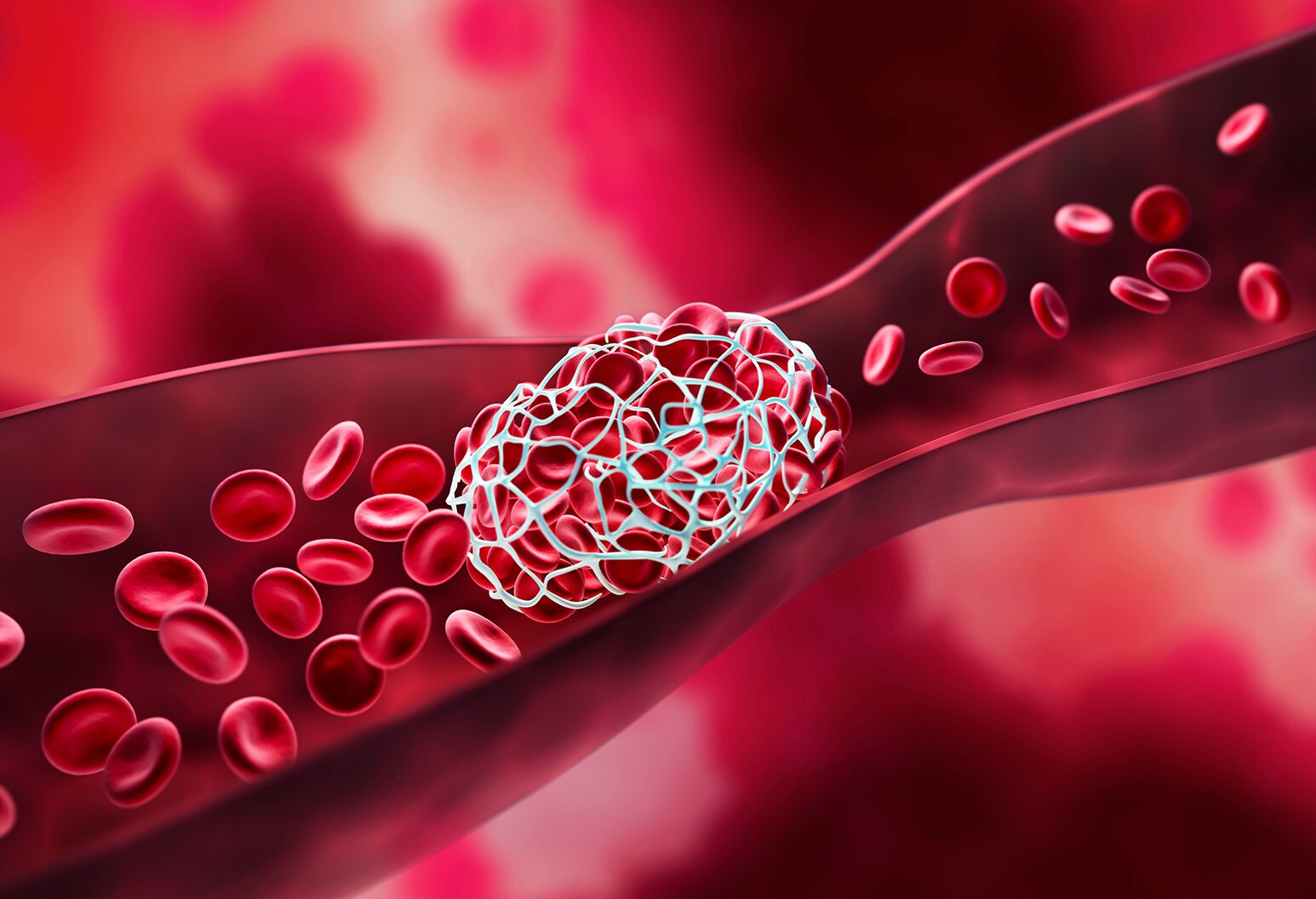
2. Pulmonary Embolism (PE)
This happens when a DVT clot breaks free and lodges in the lungs. Symptoms include:
- Sharp, stabbing chest pain, especially when breathing deeply
- Sudden shortness of breath and rapid heartbeat
- Possible cough with blood
3. Coronary Artery Clot (Heart Attack)
A clot in the heart’s arteries may cause:
- Heavy chest pressure or pain
- Pain in the arms, neck, jaw, or back
- Shortness of breath, nausea, or lightheadedness
4. Clot in the Brain (Stroke)
Blocks blood flow to the brain, causing stroke-like symptoms:
- Sudden weakness or numbness on one side
- Difficulty speaking, vision issues, sudden severe headache, dizziness
How a Blood Clot Feels
The sensations vary by location and severity:
- Warmth and swelling in a limb with DVT
- Aching pain or tight cramp in the calf
- Stabbing chest pain and difficulty breathing with PE
- Chest pressure radiating to arm/jaw in heart clots
- Facial drooping, confusion, or coordination loss in brain clots
- Sometimes early signs are mild (e.g. cramp-like pain in leg), while others emerge suddenly such as severe chest pain or stroke symptoms
Risk Factors to Watch
Several factors increase the risk of blood clots:
- Prolonged immobility (long flights or bed rest)
- Recent surgery or trauma
- Obesity, smoking, and cancer
- Birth control pills or hormone therapy
- Genetic predispositions and age (risk rises after 60)
When to Seek Help
Seek immediate care if you experience:
- Sudden chest pain or trouble breathing
- Leg pain, swelling, and warmth not linked to injury
- Stroke symptoms like facial drooping or numbness
Diagnosis & Treatment
Diagnosis
Doctors use:
- Physical exams and medical history
- Ultrasound to detect clots in limbs
- CT scans or angiograms for lungs, heart, or brain clots
- Blood tests like D-dimer to spot clots
Treatment
Treatment includes:
- Anticoagulants (“blood thinners”) to stop clots from growing
- Thrombolytics (“clot-busters”) in emergencies
- Compression stockings for DVT
- Interventions such as filters or surgery in severe cases
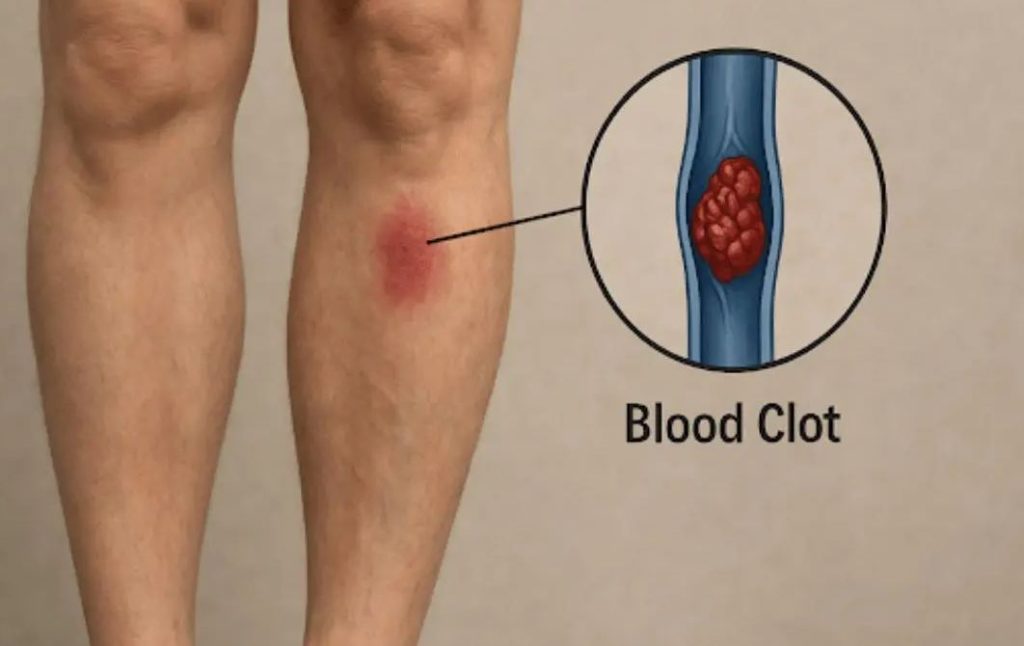
Prevention Strategies
To lower risk of clots:
- Stay active—stretch or walk regularly
- Maintain a healthy weight and diet
- Avoid smoking
- For long travels, wear compression socks and move frequently
Final Thoughts
Blood clots can range from minor aches to life-threatening emergencies. Early detection is vital: recognize symptoms like unilateral limb swelling, chest pain, shortness of breath, or neurological signs. If anything is unusual—and especially if it’s sudden—seek medical attention immediately. Prompt diagnosis and treatment can save lives. Conclusion
Blood clots are a serious medical condition that should never be ignored. While symptoms can vary depending on the location of the clot, common warning signs include sudden swelling, pain, difficulty breathing, chest discomfort, or neurological changes like confusion or numbness. Recognizing these early symptoms and seeking prompt medical attention can significantly reduce the risk of life-threatening complications such as pulmonary embolism, heart attack, or stroke. Understanding the risk factors, staying active, and maintaining a healthy lifestyle are essential for prevention. If you ever suspect a blood clot, trust your instincts—early detection and treatment can save your life.

